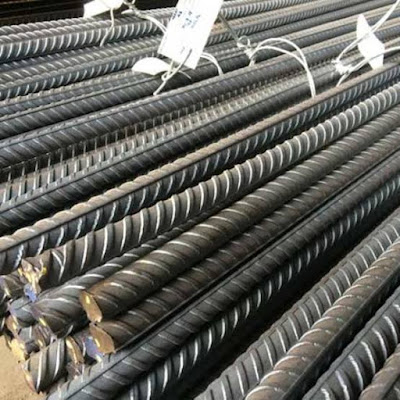Principle of As-300 Hall Flowmeter
Principle of As-300 Hall Flowmeter Hall Flow Rate of 50 g metal powders AS-300 Hall Flowmeter Funnel determines flow rate by measuring the time taken by 50 gram of a metal powder to flow through a calibrated hall flowmeter funnel/orifice of standardized dimensions(0.1 inch/2.5 mm) according to International Standards. Apparent Density of free-flowing powders AS-300 Hall Flowmeter determines the apparent density by permitting a volume or certain quantity of powder in a loose condition to flow from a hall flowmeter funnel orifice Diameter 0.1 inch/2.5 mm into a specified density cup of definite volume(25 cm³) under controlled conditions. The mass of powder per unit volume (the ratio between the mass and the volume) is recorded and reported as apparent density. Apparent Density of non-free-flowing powders AS-300 Hall Flowmeter determines the apparent density by permitting a volume or certain quantity of powder in a loose condition to f...




